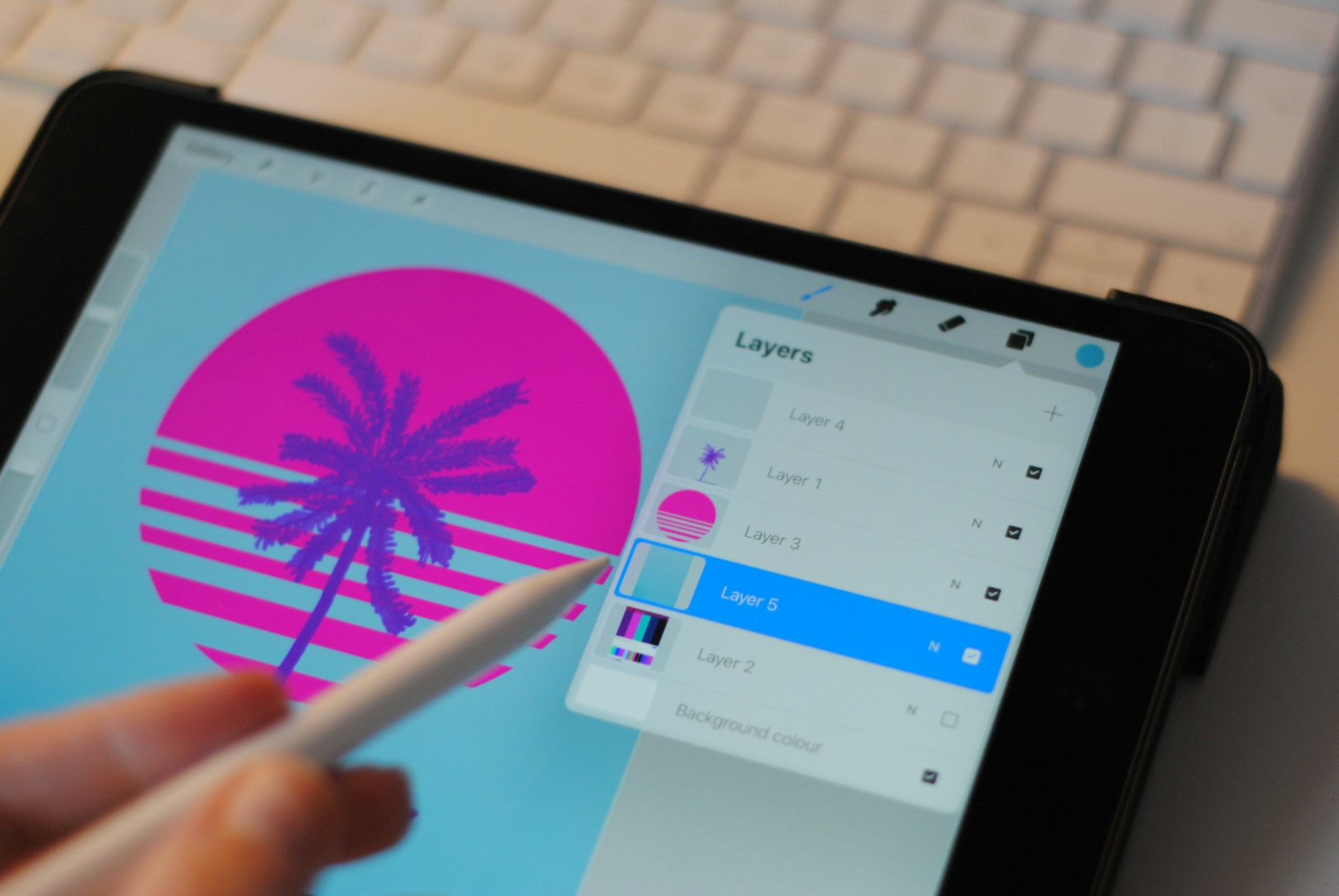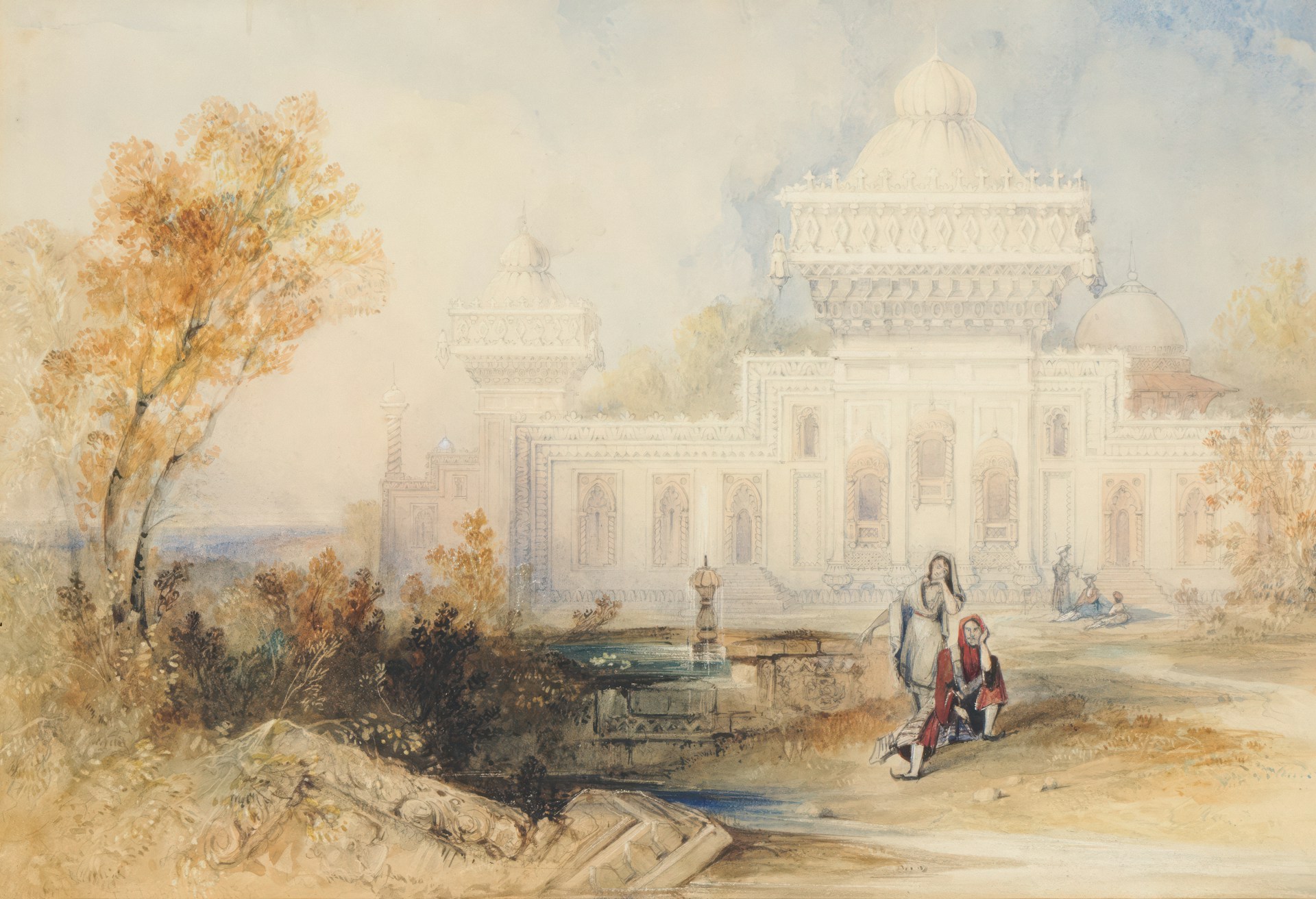
LOD stands for level of detail, and it’s the process of making less detailed versions of your models that are viewed when they’re further away from the camera.
This lowers the strain on the computer allowing it to render more objects while maintaining a high frame rate.
There are generally 2 parts of the model that get optimized for LOD. These are the geometry (polygon count) and the texture resolution (lower resolution textures = smaller file size).
LODs are usually numbered within the real time engine that you use. LOD0 is the full detail model that is viewed closest to the camera. From there LOD1 is a lower detail version, followed by LOD2, etc.
LOD’s in Real 3D Work
LODs are used in any AAA 3D game you’ve played.
They can be occasionally noticed in what is called “pop-in” when the change happens too close to the camera and an object seems to slightly change very fast. This is considered to be an undesirable result that is tried to be avoided.
Most modern real time engines have the built-in functionality to support LODs, so the only thing you really need to do is point the correct models in the LOD numbers and designate the distance from the camera.
Some engines such as Unreal Engine 4 even have the built-in functionality to automatically create LODs out of the textures you use, which saves a lot of time.
Creating LODs is a fairly simple process.
For your model you simply have to remove some of the geometry. If you are using some variation of turbosmooth switch this off for your LODs. You could also manually remove loops of polygons to decrease the count.
Most 3D packages have optimizing options which are also worth trying. However, this can ruin your UV’s and damage your model depending which you use so it’s always best to test and keep backups of your work.

Making LODs out of textures is a much simpler process.
Example: if you’re using a 4096×4096 for LOD0, simply save a version as 2048×2048 for LOD1. Then keep cutting the resolution in half as needed.
Remember that game engines generally prefer power of 2 textures, so make sure you follow those rules when resizing images.
Some modern shaders no longer require manual creation of LODs, having the ability to change the rendered geometry within the GPU. This can procedurally optimize models in real time.
This newer method can be much more difficult to achieve, so at first you may be better off manually creating your LODs. But automation is something to consider on larger projects.
If you are producing a 3D game or other large 3D project then you should definitely learn to use LODs.
Even if your game isn’t a huge open world that renders hundreds of objects at once, LODs will always help it perform better, making it run smoother on lower-end hardware.
The post What is LOD (Level of Detail) in 3D Modeling? appeared first on Concept Art Empire.






